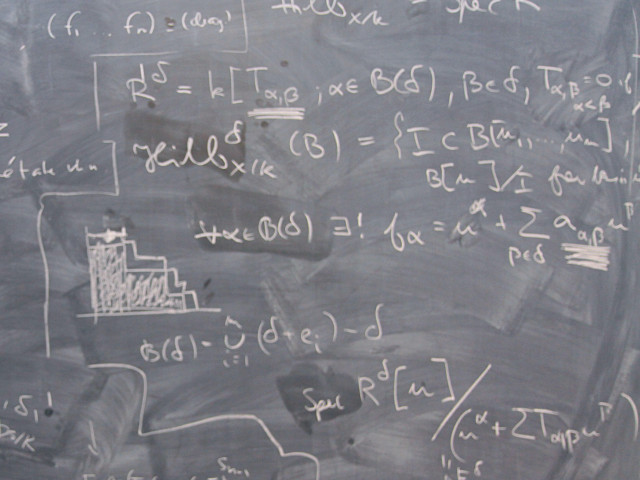Review and deepening of the basic course. Optimization in one and several variables. Geometric modeling in 2D and 3D using splines and Bezier curves.
Numerical linear and nonlinear algebra, sparse matrices, direct and iterative methods for solving linear systems of equations.eigenvalue algorithms, QR-factorization, SVD with applications. Discrete fourier transform with applications. Linear and nonlinear least-squares fitting. Boundary value problems and eigenvalue problems for ordinary differential equations. Finite difference methods and Galerkin's method. Explicit and implicit methods for initial value problems for ordinary differential equations. Stability and stiff problems.
Numerical treatment of partial differential equations, algorithms for parabolic, elliptic and hyperbolic problems.
